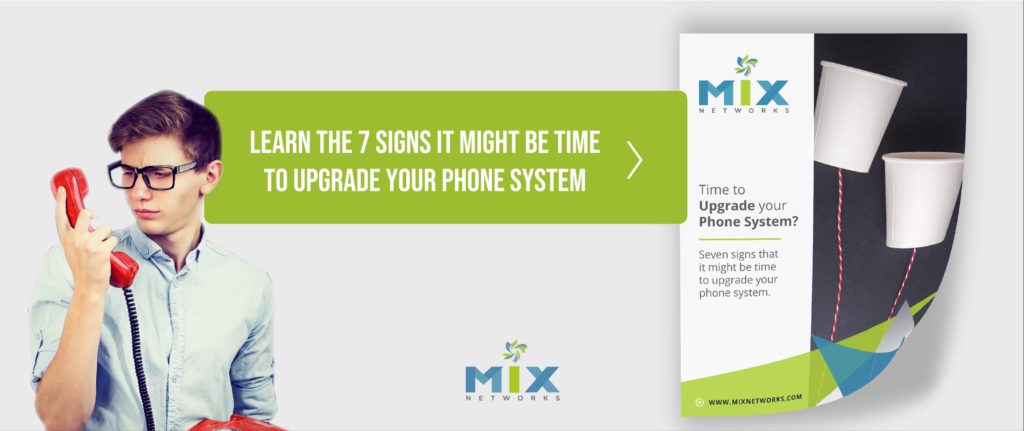If you’re a business owner or IT manager, you’ve likely heard about VoIP (Voice over Internet Protocol) and its potential benefits over traditional POTS (Plain Old Telephone Service) lines. VoIP can offer many advantages, from cost savings to improved call quality and flexibility. But if you’re considering transitioning from POTS to VoIP, there are a few key factors you’ll want to consider before making the switch. This blog post will explore what you need to know when transitioning from POTS lines to VoIP.
5 Key Factors to Consider When Transitioning from POTS to VOIP
Bandwidth and Internet Connection
One of the primary differences between POTS and VoIP is that VoIP relies on an internet connection to transmit calls. Your internet connection and available bandwidth will be critical to ensuring call quality and reliability. You’ll want to ensure your internet connection is fast and stable enough to support VoIP traffic. This may require upgrading your internet service or implementing Quality of Service (QoS) tools to prioritize voice traffic over other data types.
VoIP Provider Selection
When transitioning to VoIP, you must choose a VoIP provider that can meet your business needs. Look for a provider that offers features such as call forwarding, voicemail, and conference calling. It’s also important to consider the provider’s call quality, reliability, and customer service. You may consider using a third-party VoIP consultant to help you choose the right provider and ensure a smooth transition.
Hardware and Infrastructure
Another important consideration when transitioning to VoIP is the hardware and infrastructure required to support it. You’ll need to invest in IP phones or softphones (software that enables users to make calls using a computer) that are compatible with your VoIP provider. You’ll also need to ensure that your network infrastructure can support VoIP traffic, including switches, routers, and firewalls.
Number Porting and E911
You’ll likely want to keep your phone numbers if transitioning from POTS to VoIP. This is known as number porting and will require coordination between your VoIP provider and your existing phone service provider. You’ll also need to ensure that your VoIP provider can support E911 (Enhanced 911) service, which provides emergency services with your location information when you dial 911.
Training and Support
Finally, it’s essential to consider the training and support required to ensure a successful transition to VoIP. Your staff must be trained to use the new system, including new features and functionality. Your VoIP provider should also offer ongoing support to help you troubleshoot any issues.
Get Started on Transitioning Your Business from POTS to VoIP
In conclusion, transitioning from POTS to VoIP can significantly benefit your business, but it’s important to consider a range of factors before making the switch. By considering bandwidth and an internet connection, VoIP provider selection, hardware and infrastructure, number porting and E911, and training and support, you can ensure a smooth and successful transition to VoIP. Contact us to get started today.









